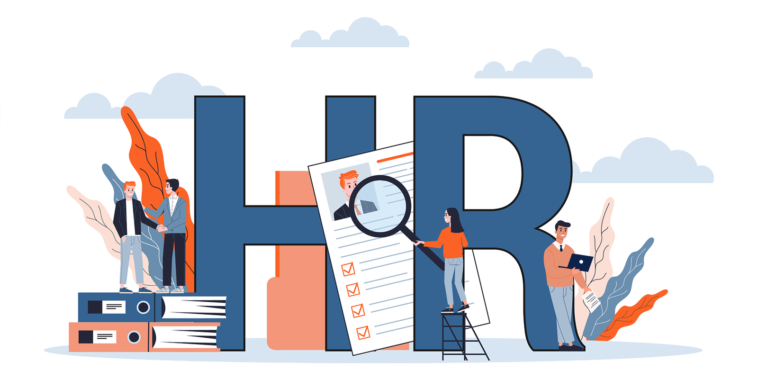
- October 20, 2022
- Connecting HR strategies to business objectives
In my experience as a HR professional, it is tough to connect business objectives to HR objectives for many HR leaders and business leaders. As a result, the scope of business expansion and growth becomes limited and time consuming.
Alignment of workforce strategies to business objectives has always been a challenge for top executives globally. It is important for HR professionals and business leaders to successfully attract, engage and retain right talents. A HR professional must align effective performance to profitability of the company for which integration of HR with operating strategies and putting plans into action are essentials. HR leaders must pursue following strategies to align HR objectives to business strategies:
Human Resources Planning: Human resources planning refers to exploring the workforce implications of a business module and developing solutions to address them. The steps to achieve this include:
• Understanding strategic goals of the organization.
• Determining competencies required achieving those goals.
• Conducting a talent assessment of the current employees.
• Performing a labor market analysis.
• Identifying the gap between the current capabilities and the needs, which forms the basis of a talent-build, borrow or buy matrix.
Organizational capability assessment: After completing workforce planning next step is to conduct an organizational capability assessment that highlights the organizational ability to attract, retain and build talent that are needed to achieve business objectives. Capability assessment also gives idea of talent gap within an organization and filling the talent gap involves implementing robust methods of attracting, sourcing, screening, interviewing, hiring, onboarding and retaining human capital, as well as developing staffing management metrics to measure efforts within each of these areas. Also, people development, motivation and retention play vital role in the process.
Organizational Framework: To achieve set business goals it is crucial to have right skill sets in right roles. Hence, it becomes important for HR leaders to keep the organizational structure efficient and effective that requires skill analysis as well as addition of workforce, redundancies, promotions expanded and defined roles and appropriate compensation.
Diversity and Inclusion: Diversified yet inclusive working environment promotes different ideas to grow luxuriantly together. Diversity and inclusion collect employees in ‘how decision making together works, how team with different thought process function together and how to appreciate differences among the team members.’ All these result in achieving business goals as they reflect positive company culture in marketplace.
Change Management: Organizations often prepare the strategies and fail to put them into actions as the changes in any organization may bring instability in many functions. Hence, it is important for HR leaders to focus on change management while implementing any HR business strategies as any change comes with risk associated with it. Change management is very important tool to implement different new ideas in the business. Sometimes HR only facilitates the changes, but it is again HR to bring cross-functional solidarity, sense of acceptance and support to the changes by clarifying the objectives behind the changes. A solid change management methodology requires change awareness, understanding, involvement and ultimately, ownership identifying committed sponsorship. HR leaders who focus on these five key areas while executing organizational strategic objectives contribute largely in business growth.
Source: Liberty of HR Thoughts
Growth Sellers Pvt. Ltd.: Supporting Careers and Businesses in Nepal
December 22, 2025
HR in Nepal Is Changing Fast: What Every HR Professional Needs to Know
December 21, 2025
HR in 2025: From “Human Resources” to “Human Results”
December 19, 2025
Categories
Archive Post





